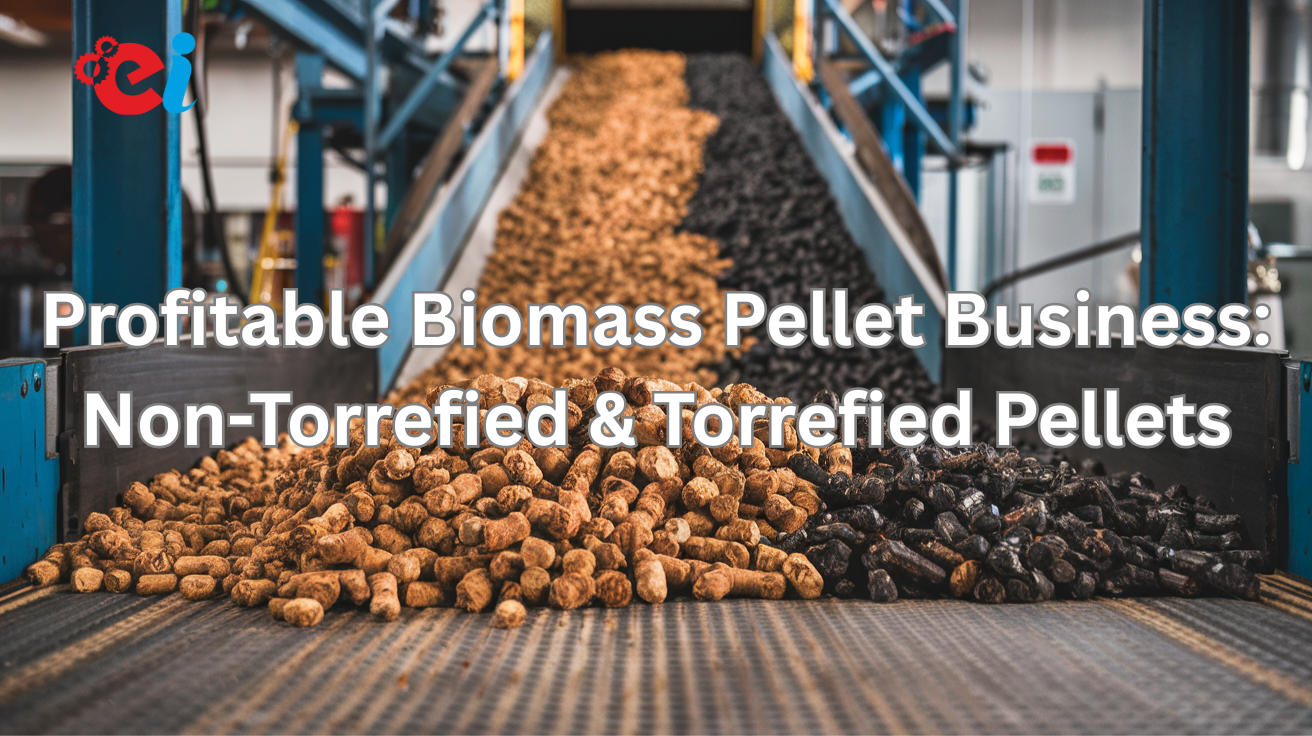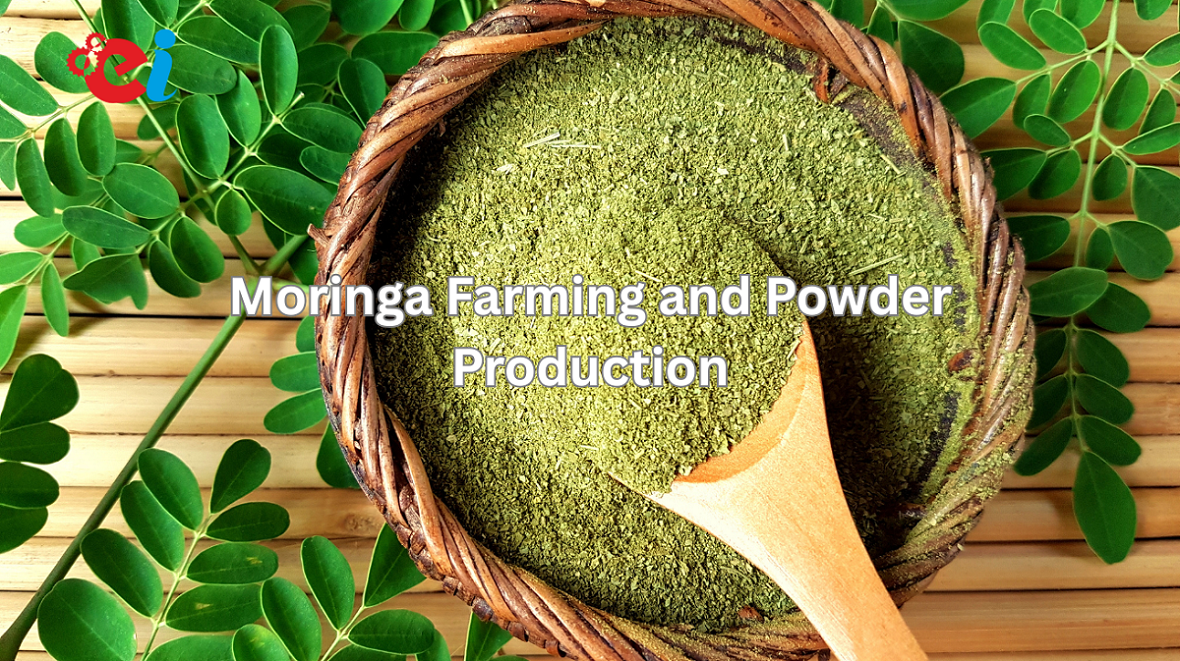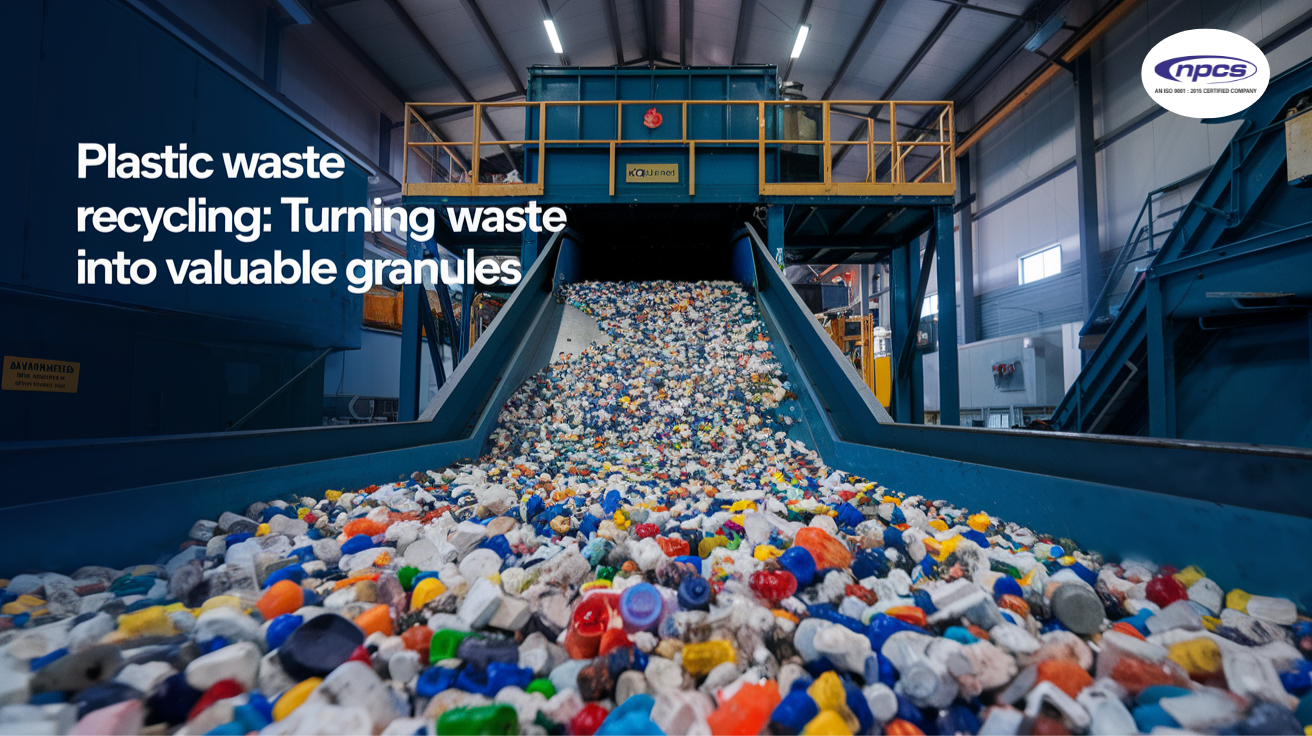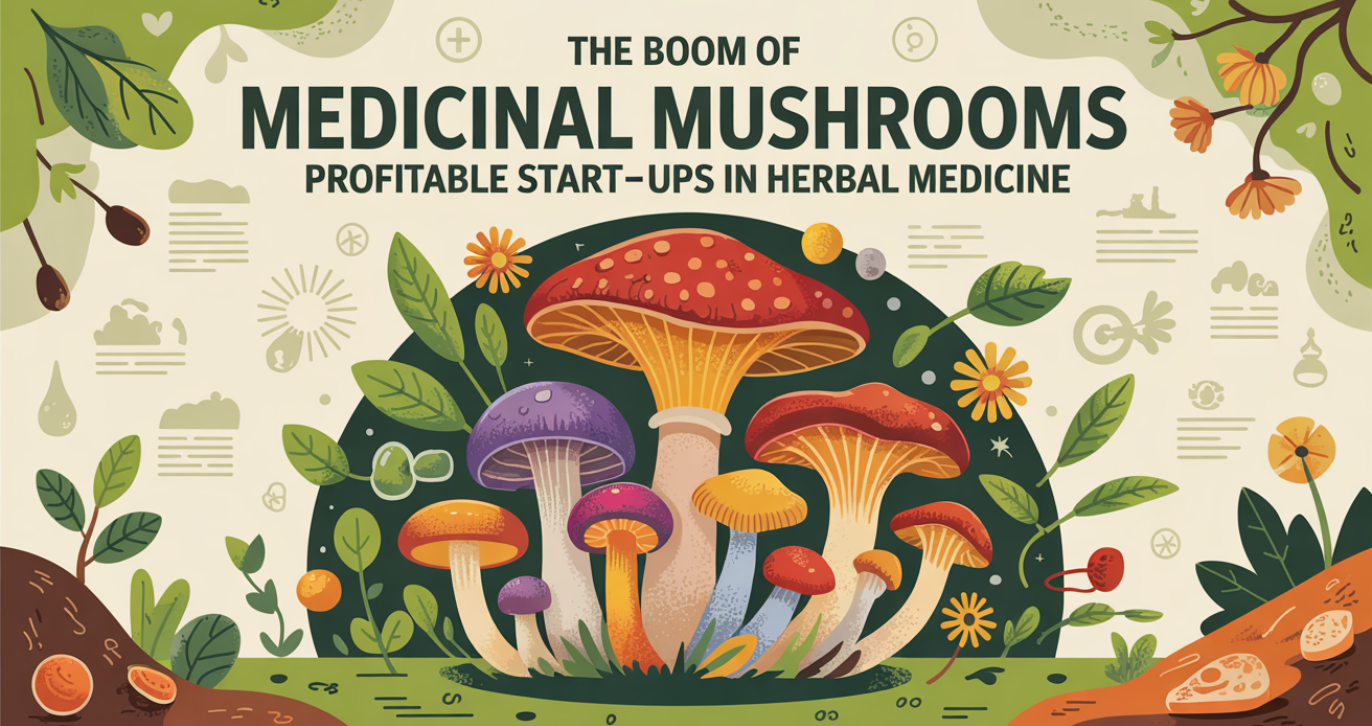Introduction
Renewable energy usage continues to increase across the entire world. The biomass pellet industry provides entrepreneurs with a chance to build profitable businesses. The market has accepted both non-torrefied pellets and torrefied pellets as main products. The two types of pellets play a significant role in maintaining eco-friendly power generation. Business founders can find advantages from the growing biomass pellet market.
What Are Biomass Pellets?
The production method for biomass pellets results in miniature compressed fuel blocks. The blocks derive from organic substances. The renewable fuel provides a sustainable energy alternative. Two types dominate the market.
1. Non-Torrefied Pellets
Non-torrefied pellets use raw biomass. The sequence of drying and compression manufacturing results in the final product. Moisture content remains higher. The residential heating sector operates well with these pellets. Small industries also use them.
2. Torrefied Pellets
Torrefied pellets undergo heat treatment. Torrefying biomass products works to eliminate water content and vapor substances from the material. They offer higher energy density. Biomass pellets share an energy output equivalent to coal products. Power plants widely adopt them.
Why Start a Biomass Pellet Business?
Biomass pellets present multiple advantages. Entrepreneurs find the business profitable. Environmental benefits attract many investors.
1. Growing Demand
People worldwide continue to steadily demand biomass pellets. Sustainable fuels have become preferred choices between industrial operations and residential consumers. The market demonstrates minimal indications of stopping.
2. Government Support
Governments promote renewable energy projects. The government provides financial advantages to foster biomass pellet companies. Subsidies make investments more affordable.
3. Low Raw Material Cost
Biomass suppliers choose to use wood waste because it is inexpensive. Agricultural residues provide additional options. The reduction of production costs leads to enhanced profit performance.
4. Eco-Friendly Product
Biomass pellets reduce carbon emissions. The technology presents a solution to obtain sustainable energy by reducing emissions from power generation operations. Businesses gain green credentials.
5. High Market Potential
The majority of contemporary industries choose renewable power sources. The mounting electricity demands of the market are successfully addressed by biomass pellets. Profit opportunities continue to expand.
Visit this Page for More Information: Start a Business in Biotechnology Sector
Production Process of Biomass Pellets
The knowledge of production methods remains essential to successful business operation. Proper planning ensures consistent quality. The process involves several stages.
1. Raw Material Collection
Wood waste alongside sawdust together with crop residues work as production materials. The use of dependable suppliers guarantees continuous supply for manufacturing purposes.
2. Drying
Moisture removal is essential. Proper drying enhances pellet quality. Specialized dryers perform this task.
3. Grinding
Raw materials become fine particles through the grinding operation. Uniform size improves pellet consistency. Most plants execute this operation using hammer mills as their main processing equipment.
4. Pelletizing
High-pressure machines compress materials into pellets. Consistent pressure creates durable pellets. Pellet mills perform this function.
5. Cooling
Fresh pellets require cooling. Proper cooling prevents breakage. Cooling machines complete this stage.
6. Packaging
Final pellets undergo packaging. Sealed bags preserve quality. Proper packaging enhances storage life.
Investment and Profit Estimation
A strategic investment planning process enables businesses to start their operations. Profit estimation attracts investors.
1. Initial Investment
The main expense is dedicated to machinery acquisition. Wall utilities together with labor expenses support the whole investment. Government subsidies reduce overall expenses.
2. Production Capacity
Higher production capacity boosts profitability. The production level of small plants ranges from one to two tons over a period of one hour. The output capacity of large plants goes beyond 10 tons per hour.
3. Profit Margin
The profit level depends on the pellet type chosen in production. Torrefied pellets yield higher profits. Non-torrefied pellets attract steady demand.
4. Return on Investment
The production of biomass pellets enables fast financial returns for business operators. The majority of businesses manage to regain their investment costs within a three-year duration. Proper management speeds up ROI.
Challenges in Biomass Pellet Business
Challenges accompany every business. Proper solutions ensure long-term success.
1. Raw Material Availability
Securing raw materials is critical. The successful operation of business depends on having a reliable supply chain network.
2. Regulatory Compliance
Environmental regulations govern biomass businesses. Compliance with standards gives protection from legal problems.
3. Competition
Market competition continues to rise. The market benefits from products of high quality and holding certifications that establish competitive advantages among suppliers.
4. Machinery Maintenance
Regular machinery maintenance prevents breakdowns. Scheduled servicing ensures smooth operations.
Future Prospects of Biomass Pellet Business
Biomass pellet businesses demonstrate favorable conditions across the horizon. Several factors contribute to growth.
1. Renewable Energy Demand
The increasing world energy consumption turns toward renewable energy sources. Biomass pellets fulfill this demand.
2. Technological Advancements
Modern machinery improves production efficiency. Automation reduces operational costs.
3. Export Opportunities
The commercial market outside the nation shows growing interest in biomass pellets. Exporting creates additional revenue streams.
4. Carbon Credit Programs
The application of carbon credit incentives leads businesses to gain benefits. Selling credits boosts profitability.
Read our Books Here: Biotechnology, Nanoscience, Nanotechnology, Enzymes, Food Biotechnology ,Vermiculture , Vermicompost , Bio-Fertilizer, Organic Farming, Biogas
Conclusion
The biomass pellet industry provides viable profit-making prospects. The market welcomes products from both non-torrefied pellet and torrefied pellet manufacturing. Government support enhances business feasibility. Business success depends on the development of proper plans by entrepreneurs.
Initiate your biomass pellet business operation immediately. Contact Niir Project Consultancy Services to access project reports with expert direction.










